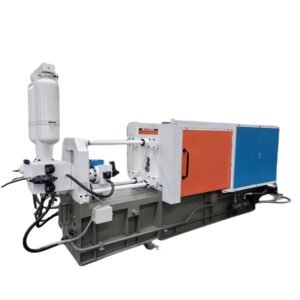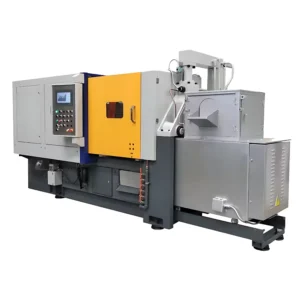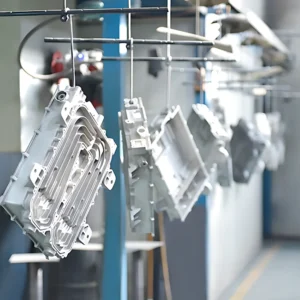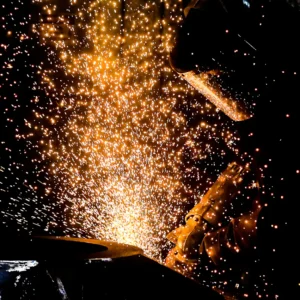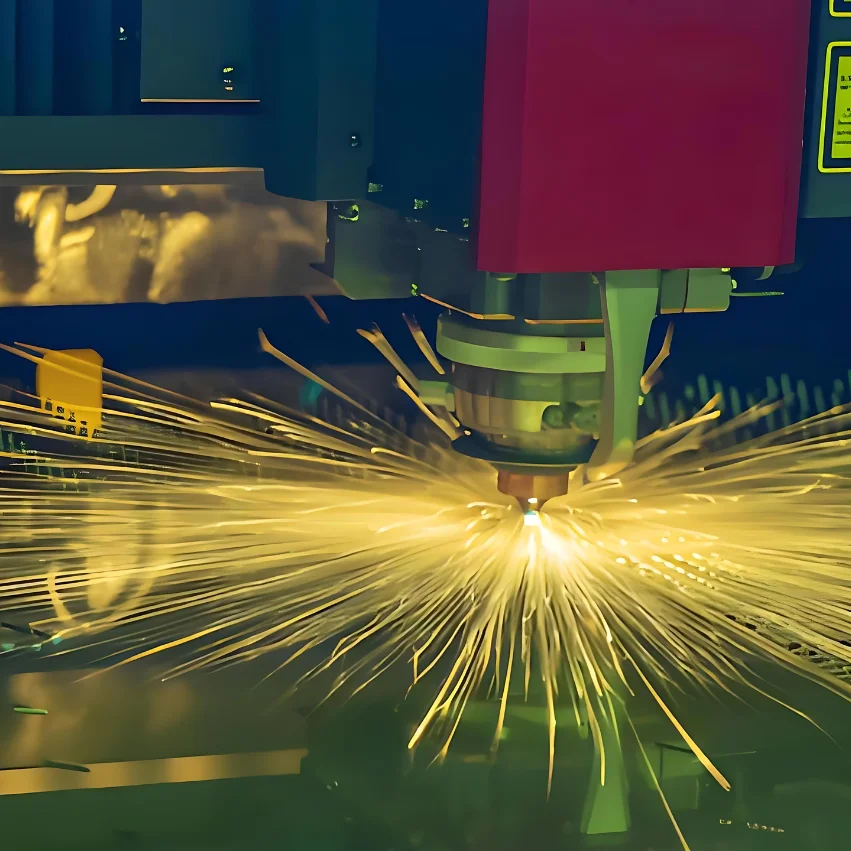In modern manufacturing, CNC tools are used to process materials through CNC machine tools. In addition, there are many types of CNC tools, and each type of tool is designed for different processing processes, thereby speeding up production and reducing costs.
Read on as we explore the pros and cons of CNC tools, outline CNC tool types, and discuss common materials they process.
read more: 7 top benefits of CNC machining.
What is a Cutting Tool?
The cutting tool is a tool used to remove material to shape the workpiece during CNC machining. It is mounted on the spindle of the CNC machine tool, which guides the cutting tool to the required position for cutting according to computer instructions.

Advantages of Cutting Tools
The following points are the main advantages of cutting tools:
High Precision
Cutting tools are suitable for high-precision machining of complex parts, such as mechanical parts, aircraft components, etc. Generally speaking, tolerances close to ±0.001 mm (1 micron) can be achieved.
Automated production
cutting tools can automatically perform complex machining tasks and reduce human intervention.
Flexibility
A single machine tool can perform a variety of operations, such as milling, drilling and turning, by simply changing the cutting tool.
Disadvantages of Cutting Tools
Despite the many advantages of cutting tools, there are also disadvantages. Here are some of the main disadvantages:
Wear
Cutting tools are prone to wear due to constant physical contact and friction during the machining process. This wear will greatly shorten the service life of the tool, so it needs to be replaced or resharpened frequently.
Material Restrictions
Not all cutting tools are suitable for all materials. To avoid damage and ensure efficient cutting, the appropriate cutting tool should be selected according to the material of the workpiece being cut.
High Cost
Cutting tools made of materials such as carbide, diamond or cubic boron nitride are costly. In addition, ongoing maintenance and replacement costs are high.
CNC Types of Tools
CNC cutting tools work through the CNC machine control computer program. Here are 9 common CNC cutting tools:
Drill Bit
The CNC drill bit controls the speed and depth of the drill bit by computer, and rotates to drill the workpiece. In addition, the drill bit penetrates the material by vertical movement during processing to form a cylindrical hole.
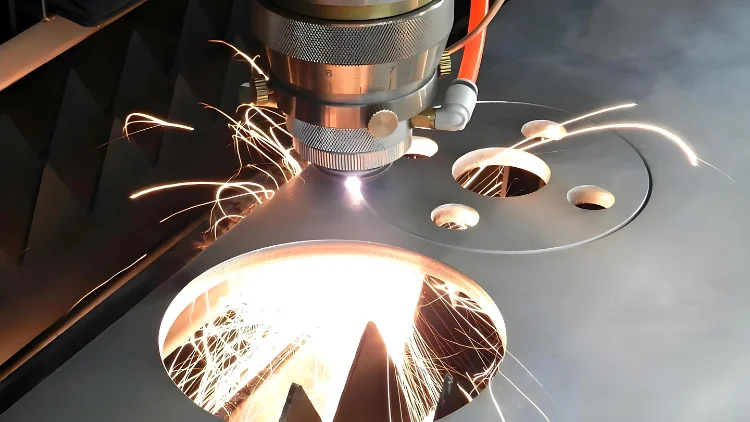
Ball End Mills
This type of cutter has a hemispherical end and is specialized in three-dimensional contour milling. It moves over the workpiece to produce smooth surfaces and is suitable for machining complex geometries such as molds.
Face Cutter
A face milling cutter has multiple cutting edges on the periphery and face of the cutter. Mainly used for cutting flat surfaces on the workpiece, the cutting edges remove material from the top surface as the cutter rotates.
Reamers
During the machining process, the reamer needs to be aligned and positioned into the pre-drilled hole. The reamer is then driven by the CNC machine to start rotating and the teeth start cutting the material.
External Round Mill
It is mainly used to round the edges and corners of the workpiece surface. By rotating the workpiece to trim the external contour, the sharp edges and corners become soft and form a uniform rounded surface.
Hollow Cutter
A hollow milling cutter is similar to a hole saw, but its primary function is to cut the outer edge of the metal. During machining, the hollow milling cutter rotates around the workpiece to remove the surface material and form the outer contour and cylindrical shape.
Thread Cutter
Thread milling cutters rotate around the workpiece to carve a threaded shape into the surface of the workpiece.
Flying Cutter
A flying cutter is a single-point cutting tool that moves on the workpiece in a sweeping manner to cut. It is usually used to process large-area planes, and its processing accuracy is higher than that of general face milling cutters.
Countersink Mill
The countersink mill cutter is controlled by a CNC machine to rotate and move onto the workpiece to carve a tapered hole.
Cutting Tool Materials
The materials used for CNC cutting tools must have high hardness, good toughness, and strong wear resistance. Common materials include:
Carbide
Made from tungsten carbide combined with cobalt. Carbide is hard, wear-resistant and can withstand temperatures up to 1000°C.
High Speed Steel
High-speed steel is an alloy of tungsten, molybdenum, chromium and vanadium. It is generally harder and tougher than carbon steel and can operate at temperatures up to 600°C. It is commonly used for drilling, milling, and turning.
Ceramics
Mainly made of materials such as aluminum oxide and silicon nitride, ceramics are highly heat-resistant and can withstand operating temperatures up to 1200°C.
Diamond
Mainly made of diamond particles combined with carbide. Best suited for machining non-ferrous materials such as aluminum, magnesium, and composite materials.
Cubic Boron Nitride
Made from cubic boron nitride particles bonded with a ceramic or metal binder. Used to cut hard materials such as hardened steel and nickel-based alloys. In addition, its hardness is second only to diamond.
CNC Machining Materials
There are many kinds of materials for CNC machining, such as Aluminum and Steel. The following are some common materials used in CNC machining:
Aluminum
Aluminum is one of the most widely used materials in CNC machining. It has an excellent strength-to-weight ratio, is lightweight, and is corrosion-resistant. It is often used in automotive parts and aerospace component manufacturing.
Compared to other CNC metals (such as titanium and steel), aluminum is relatively easy to machine. However, this metal is more expensive than other materials, such as stainless steel.
Stainless steel
Stainless steel is an alloy mainly composed of Fe, Cr, Ni, and other elements, of which Cr is at least ≥10.5%, forming a passivated chromium oxide layer on the surface, which can prevent rust and extend the service life.
It is durable, easy to disinfect, and has strong corrosion resistance, so it has been widely used in construction, medical care, catering, and other fields.
Titanium
Titanium alloy has a high strength-to-weight ratio, which makes it both light and strong. It is also very corrosion-resistant. In addition, the earth’s crust contains a large amount of titanium, but it is difficult to refine. Therefore, in CNC machining, the cost of titanium alloy is relatively high.
Even so, titanium remains popular and is widely used in aerospace, medical, marine industry, and other fields.
Copper
Copper is not only soft, but also easy to process, and has good electrical and thermal conductivity. In addition, copper has good ductility and can be stretched into filaments or pressed into thin sheets.
In terms of usage, copper is widely used in the manufacture of cables, wires, radiators, heat exchangers, etc.
Composite Materials
In CNC machining, commonly used composite materials include carbon fiber, plywood, glass fiber, etc. These materials can achieve excellent strength-to-weight ratio, corrosion resistance, and wear resistance.
Its application range is very wide, such as aerospace, automotive manufacturing, sports equipment, construction industry, and other fields.
Summary
Cutting tools are specialized tools used to remove material during CNC machining. CNC cutting tools provide precise and efficient material processing, thereby increasing productivity and reducing waste. The above article will help you choose the right service provider for your project.
If you are looking for a professional CNC machining service provider, you can contact us now to get a project quote. We are committed to providing customers with high-quality CNC machining services.

